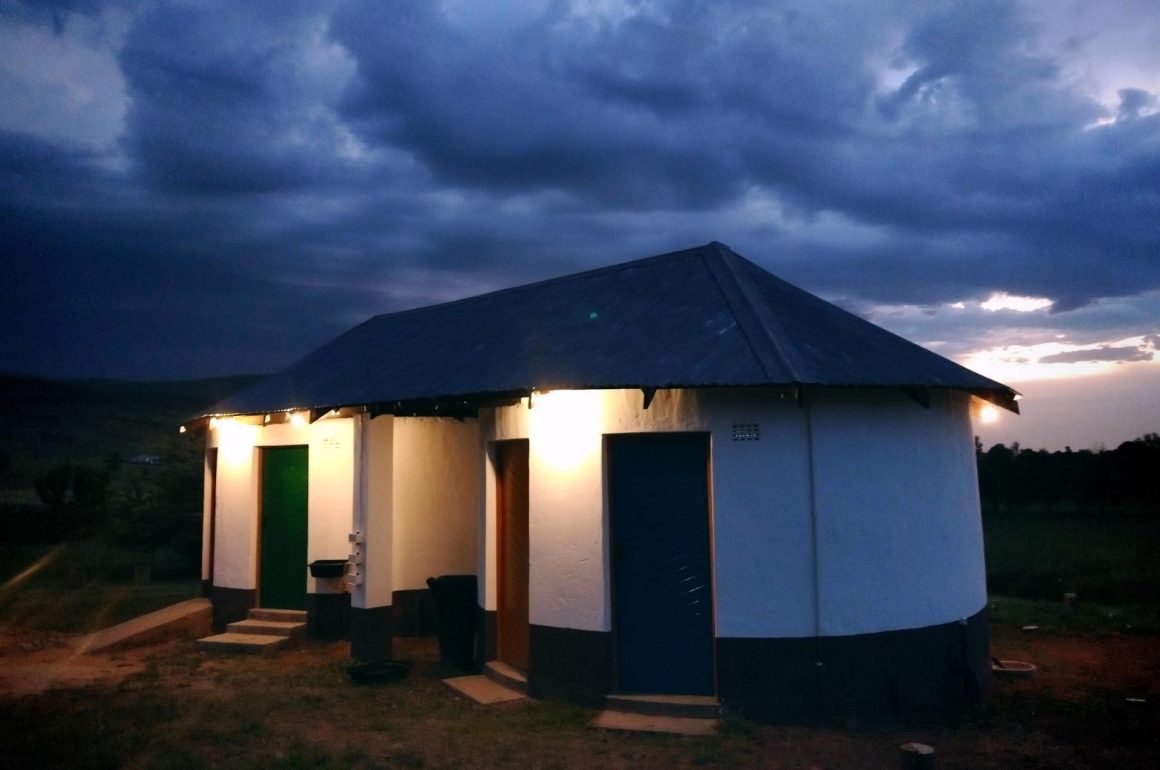
Which bird species do you think is the biggest attraction to visitors of your lodge (please only name one species)?
Botha’s Lark – Although we spotted a Botha lark on our property by fluke last year with a photo taken on a mobile phone, it has been very difficult to see over the last 2 seasons and in fact the conservationists are working on projects (in 2024) to find nests, to protect them, and to prevent it from becoming the first extinct bird in Africa!

So if we may, under the circumstances mention a second species – that would be the Blue Korhaan or Blue Bustard, another very popular species many birders will be happy to add to their bird list.
What is the name of your lodge, and since when has your lodge been operating?
DeKotzenhof Guesthouse opened and has been operating since December 2014 with the current owners who provide a hands-on experience. Camp Inc. 158 Wakkerstroom was officially launched in December 2024 with beautiful unique private ablutions.
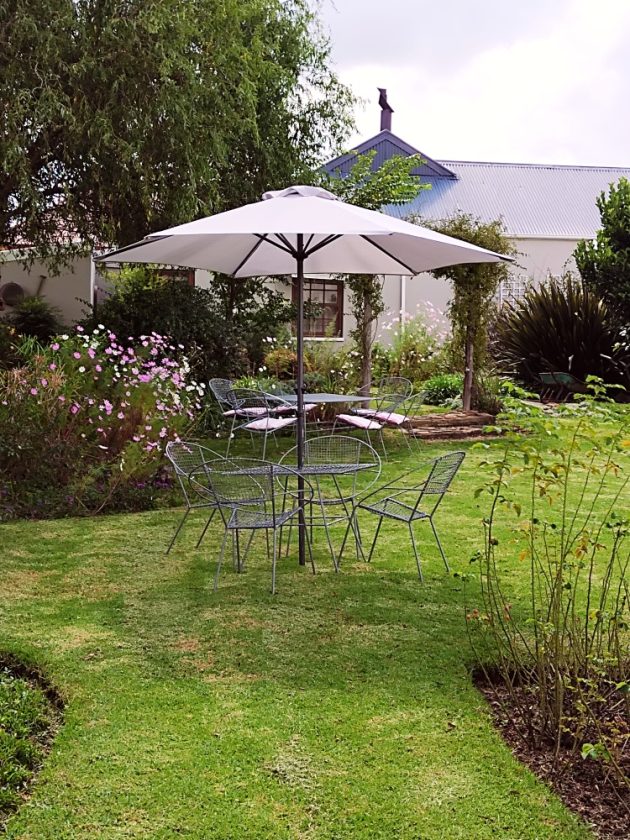
How best to travel to your lodge?
The closest international airport would be OR Tambo in Gauteng. Being just 3 hours away, DeKotzenhof Guesthouse is often one of the first/last stops for international travel using a hired vehicle and for tour groups en route to eSwatini, Northern KZN Battlefields, Hluhluwe, Kosi Bay, St Lucia, etc. We are also a great stop en route between the Drakensberg & Golden Gates/ Lesotho and Kruger National Park.
Amethyst Sunbird
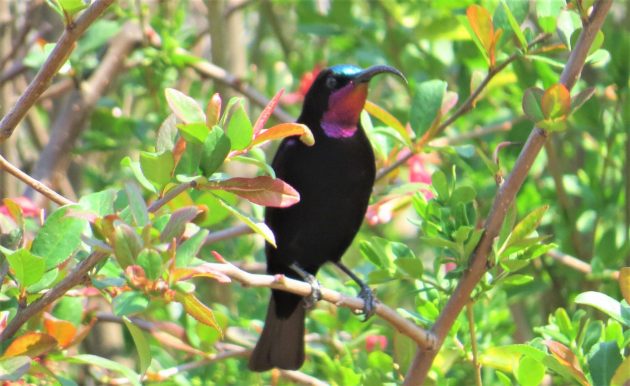
What kind of services – except for accommodation and food – does your lodge offer to visiting birders?
Our property is a Smallholding of 9997m Sq. uniquely situated in the center of a historical village called Wakkerstroom, which is world-renowned as a protected grassland and Ramsar wetland area. Guests use the services of local guides in the area, trained by Birdlife SA, and we do not employ any ourselves. Although there are lovely gardens, with bird feeders and seating areas with common garden birds and sunbirds in summer, the property is not big enough to do walks as such, but, one can easily walk out the gate to one of 4 bird hides, or up the mountain behind the property. (it’s one of the safest places in the country and walking with a camera over your shoulder won’t draw much attention!). We also have a large boma for private dinners and where one can stargaze.
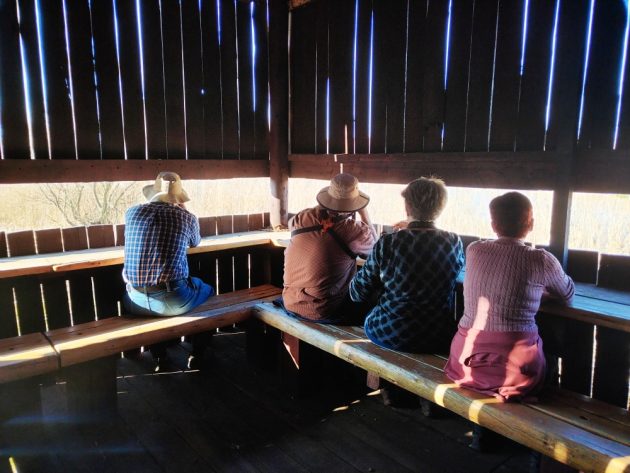
What makes your lodge special?
4-star-graded accommodation will ensure you have everything you need to make you feel at home. Easy to find on the main tar road. Hands-on attention from the owners, with an added great dining experience onsite and no need to travel again after a long day of birding.
Malachite Sunbird
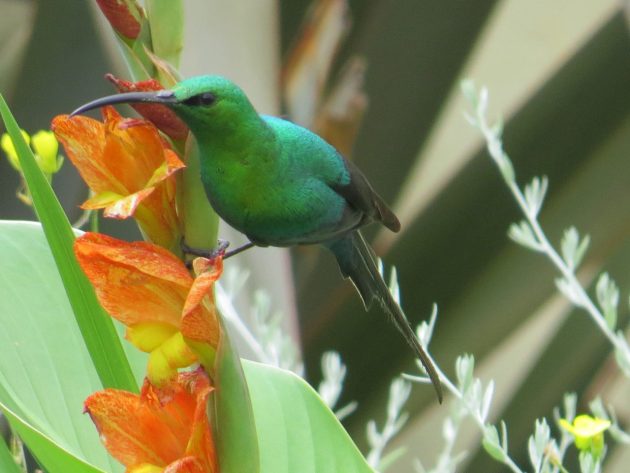
What are the 10 – 20 most interesting birds that the area around your lodge offers good chances to see?
South Africa has 13 unique endemic bird species, and 9 can be found in the Wakkerstroom region with approximately 1000 hectares of protected natural wetland, high altitude grasslands, gorges, cliffs, mist belts, forests, and farm dams.
- Larks: Botha’s, Rudds, Eastern Long-billed, pink-billed
- Yellow-breasted Pipit
- Long-tailed Widowbirds
- Amur Falcons
- Red-chested Flufftail
- Crakes: African Crake, Ballion’s Crake, Corn Crake
- Harriers: Black Harrier, African Marsh Harrier
- Marsh Owl, Spotted Eagle Owl, African Grass Owl
- Bush Blackcap
- Kingfishers, warblers, and lots of reed birds and waders
- Korhaans & Bustards: Blue Korhaan, White bellied Korhaan, Denhams Bustard
- Sentinel Rock-thrush, Capped Wheatear, Buff-streaked Chat
- Coursers
- Cranes: Grey-crowned, Blue, Wattled
- Secretary Bird
- Southern Bald Ibis (actually all of SA’s species of Ibis)
Red-chested Flufftail
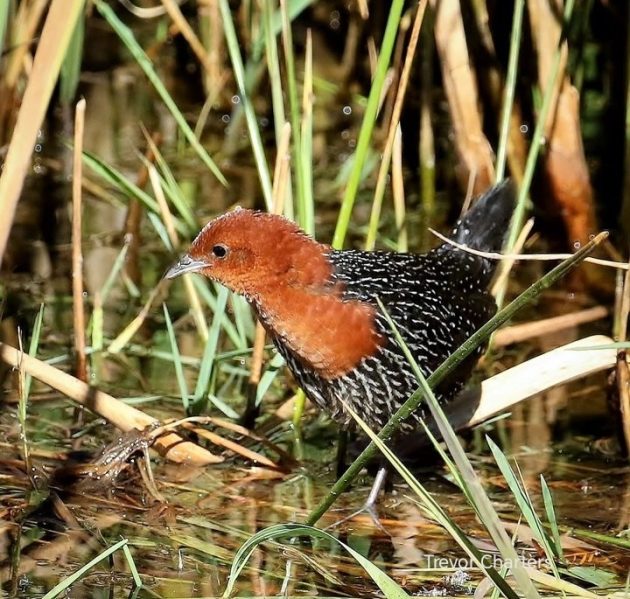
Bird List
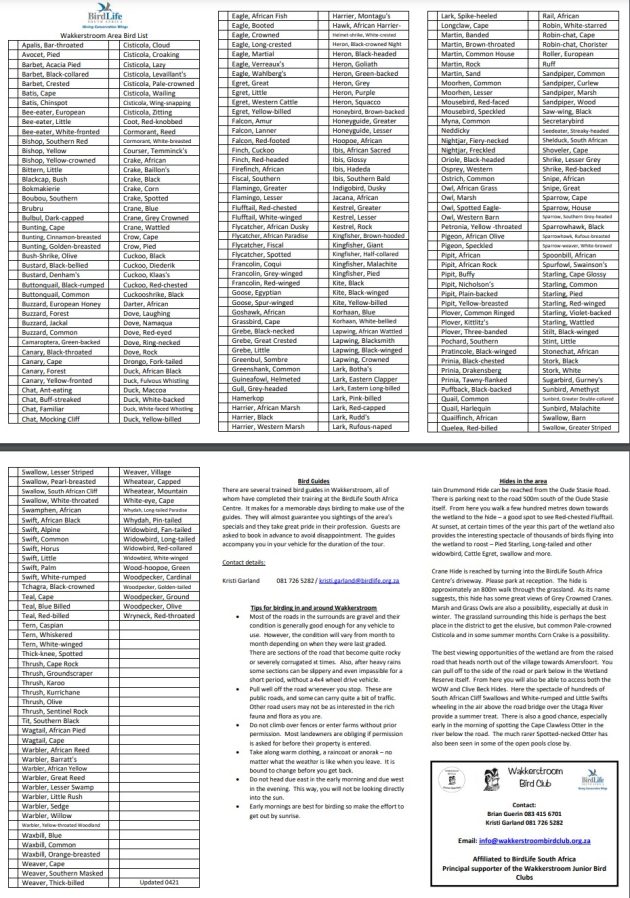
What is the best time to visit your lodge, and why?
Although most of the endemic grassland birds are in the region throughout the year and large flocks may gather together in winter, where you are bound to get spectacular sunsets, we think the green of summer and the added migrant birds (if you can deal with the rain and muddy road adventures) is more spectacular. There are the beautiful fields of cosmos heading toward autumn too. So from November to April/May is our preferred time in Wakkerstroom. We can get 4 seasons in one day, frost, and even snow in winter, but cold days can occur any time of the year.
Southern Bald Ibis
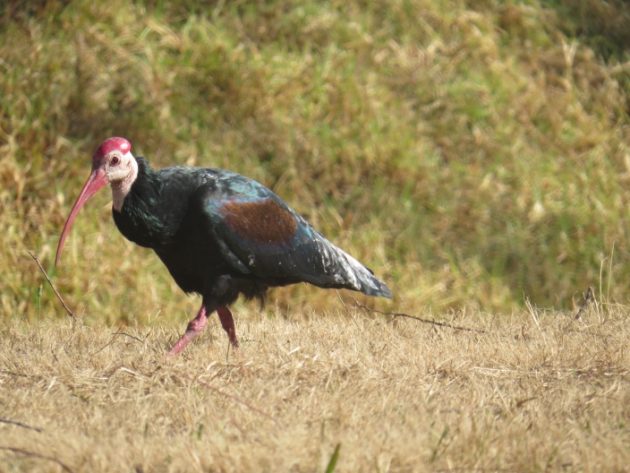
Is your lodge involved in conservation efforts? If yes, please describe them.
Yes, we direct grey water to a wetland at the campsite. We are eco-friendly, use bio-degradable soap, and use as few single-use items as possible. Recycling is our big project and we make our own compost and grow our own vegetables and fruit. We help out the greater community wherever we can. We take guests who are interested, and who have time, into the township to meet an artist and spaza shop owner.
Amur Falcon
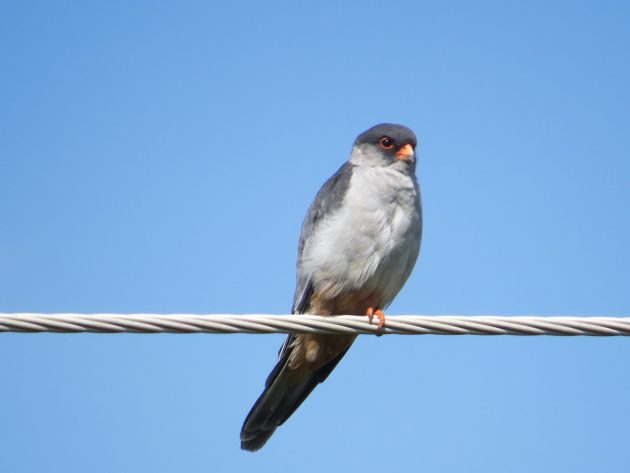
What other suggestions can you give to birders interested in visiting your lodge?
Bring binoculars, scopes & camera equipment. Bring sunblock, hats raingear, and a warm jacket or 2 (we do have jackets for Guests to borrow if a cold day surprises them!). If you love cycling/motorbikes, bring a bike and there are thousands of km of gravel roads with great scenery. Inform us of dietary requirements as we prepare set dinner menus, and with relatively no shops in town, we need to plan ahead.
African Pipit
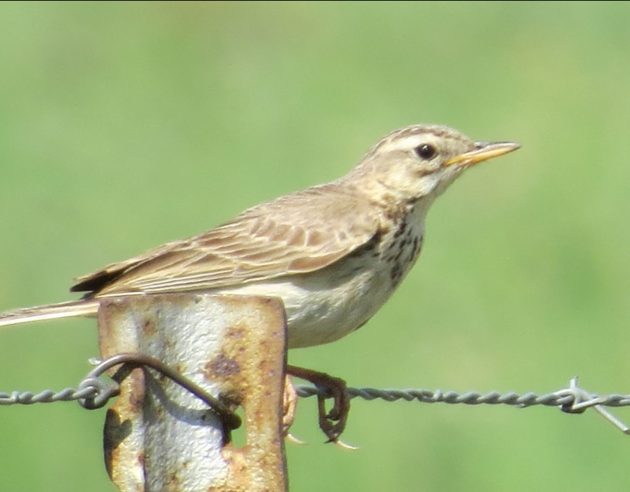
Do you have activities for non-birders? If so, please describe.
We have a lovely large garden with seating, bookshelves laden with books in each Guestroom, a Guest lounge, and a seating area with lots of games and puzzles. Free Wi-Fi. There is a 9-hole putt-putt course (mini-golf) and trampoline free of charge for Guests to use. It’s a safe place to walk and take photos of beautiful buildings while passing the odd farm animal.
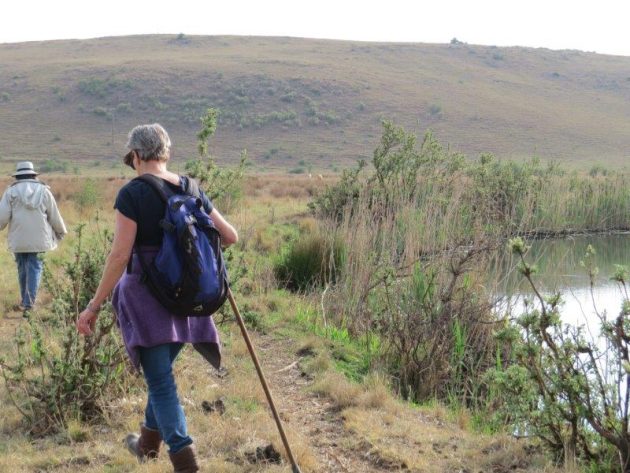
If any reader of 10,000 Birds is interested in staying at your lodge, how can they best contact you?
Email info@dekotzenhof.co.za Whatsapp +27 83 4523363 www.dekotzenhof.co.za
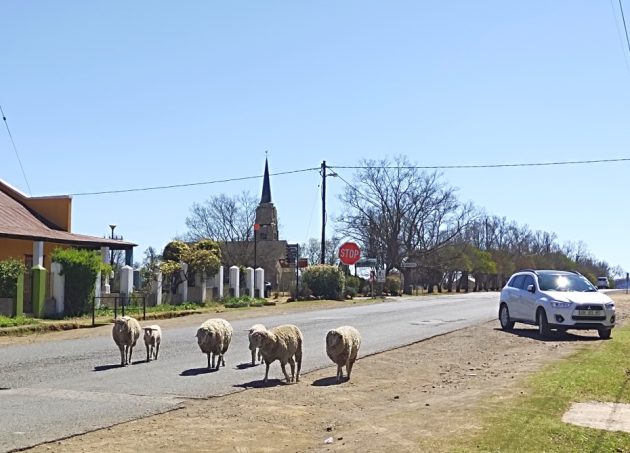
Is there anything else you would like to share with the readers of 10,000 Birds?
Wakkerstroom is a world-renowned birding destination. It’s a nature lover’s paradise with fields of wildflowers and grass orchids in summer and even a rare butterfly. Visitors get a chance to view the Cape Clawless otter of the Spotted necked Otter at the wetland and various meerkat and mongoose encounters on their drives
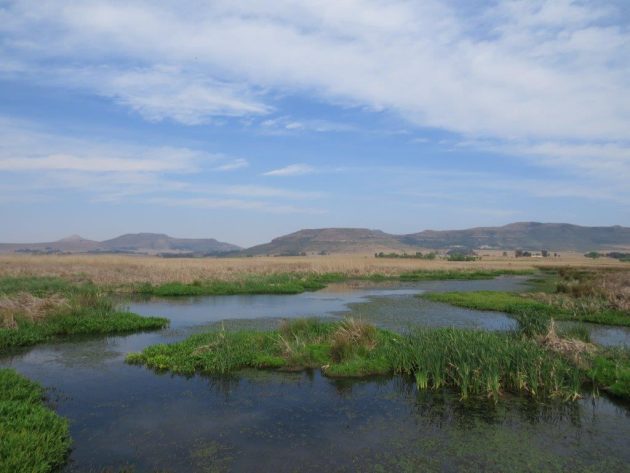

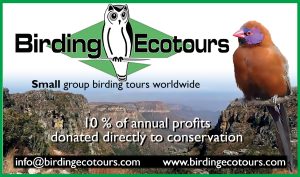
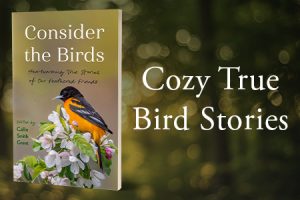

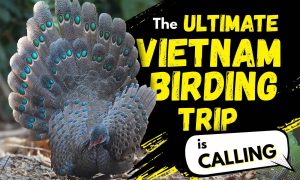
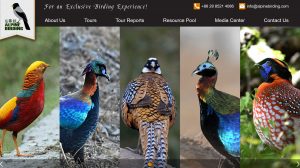
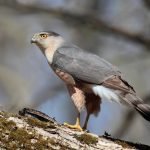

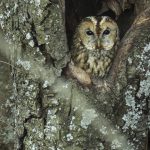
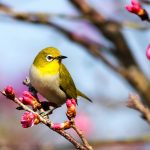

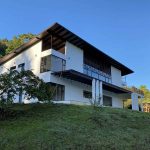
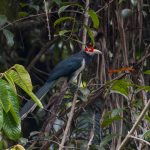
Leave a Comment